Wabi-sabi (侘寂) is the Japanese aesthetic principle that embraces the imperfect and impermanent nature of all things. Born out of Buddhist wisdom, it recognizes beauty in the flawed, the incomplete, and the broken.
This article will explore the definition of wabi-sabi along with its history and importance, examples of this aesthetic, and how you could apply this profound principle to your own life.
What does wabi-sabi (侘寂) mean?
Wabi-sabi is a difficult concept to define. It holds different meanings for each person but all of them are centered around an appreciation for imperfection and impermanence.
As a result of its roots in Zen Buddhism, wabi-sabi accepts the melancholy of an impermanent life and chooses to see the beauty in it instead. It acknowledges that nothing lasts forever, but maintains that the transient nature of life only makes it more beautiful.
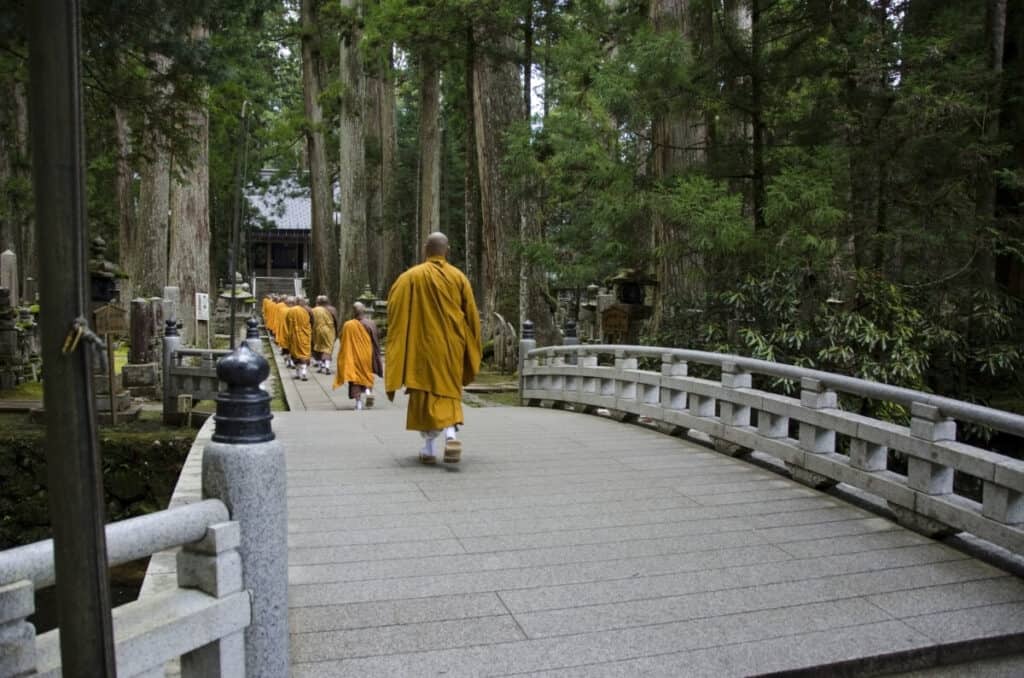
According to the concept of wabi-sabi, the flaws of something–its mistakes, damages, and ruined parts–are part of its grand design.
As an aesthetic, it perceives beauty as an embodiment of contrasts. Something can only embody perfection if it possesses a certain degree of imperfection.
What is the history behind the meaning of wabi-sabi?
The term wabi-sabi is actually a combination of two older Japanese words. In the 14th century, the meaning of the two terms wabi (侘) and sabi (寂) evolved and eventually became what is known today as the concept of wabi-sabi.
Wabi (侘)
The original meaning of the word wabi described the loneliness of living isolated in nature. It referred to the misery of being away from other humans and the rest of society. Today, the meaning of wabi is closer to a sort of melancholic beauty in solitude.
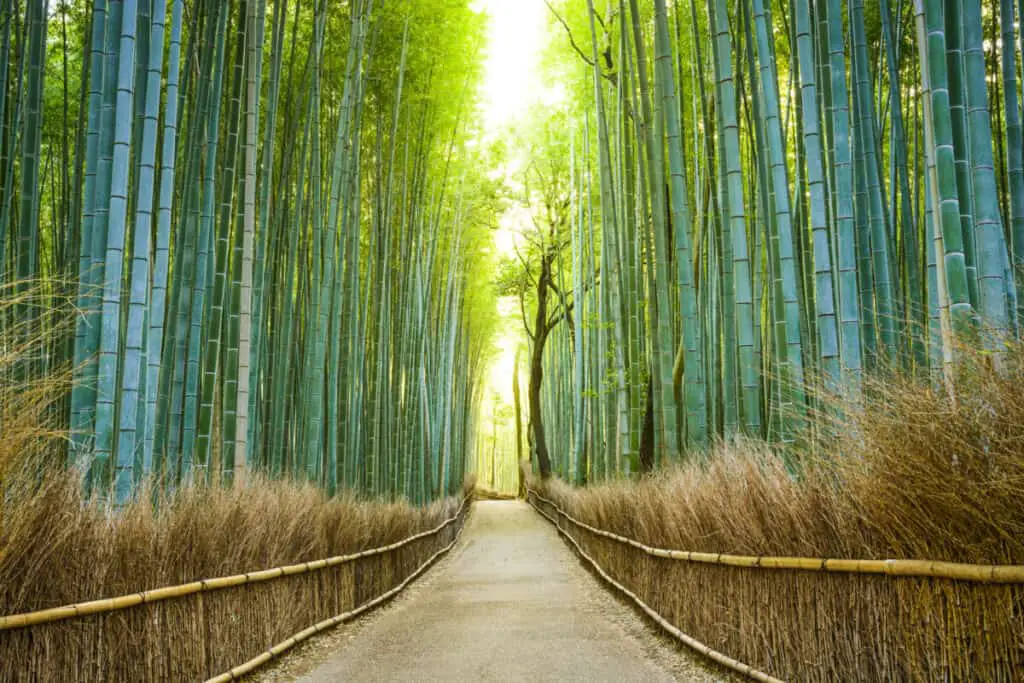
Sabi (寂)
Sabi initially meant withered, lean, or cold. In contrast, the modern meaning of sabi refers to anything that derives its beauty from age. The word sabi describes how the markings of age and wear enhance the value of something.
Zen Buddhism
The history of how the meaning of wabi-sabi came to be is deeply intertwined with Zen Buddhism. When the philosophy of Zen Buddhism first reached Japan, the cyclical and imperfect patterns of life gained widespread acceptance.
This wisdom, which permeated all aspects of Japanese life, is the essence of wabi-sabi. However, the aesthetic of wabi-sabi initially appeared through the Japanese tea ceremony.
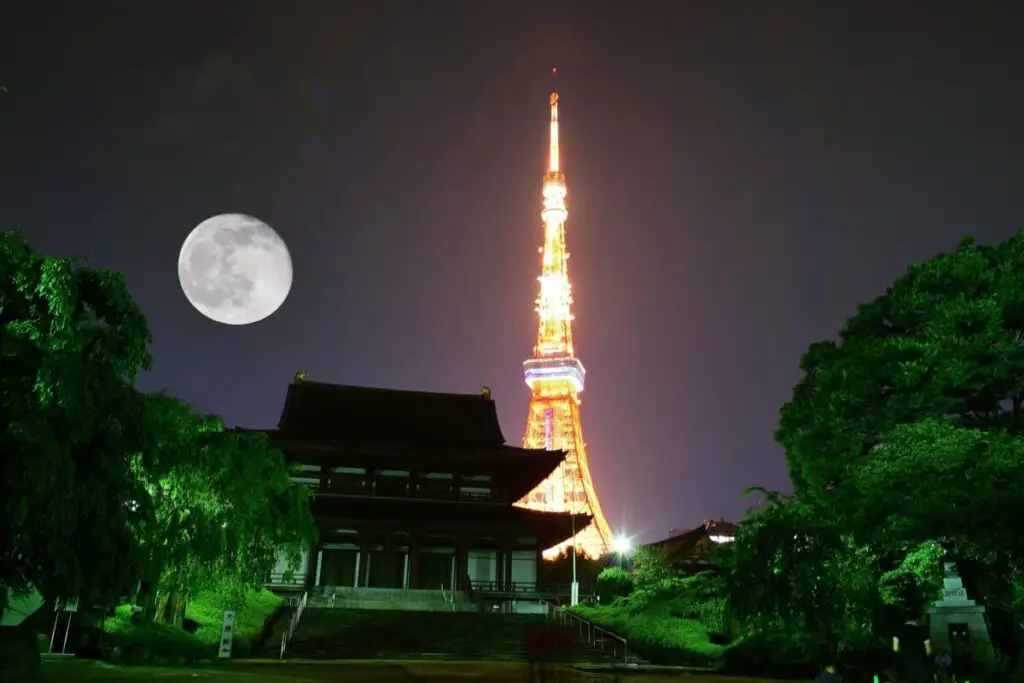
Japanese Tea Ceremony
In a document known as The Letter of the Heart, Zen Buddhist monk and tea master Murata Juko defined the foundation of the ideal Japanese tea ceremony.
His rejection of the way the upper class would use the tea ceremony to show off their wealth and influence through expensive drinking cups from China also laid out the aesthetic of wabi-sabi.
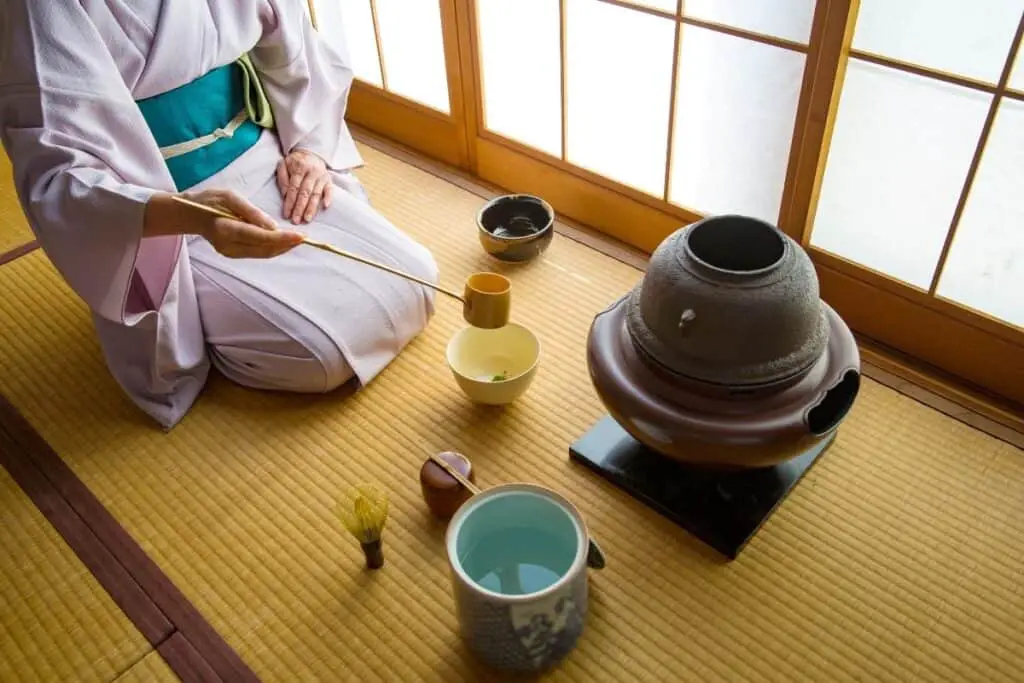
Instead of using elaborate and fancy Chinese teaware and utensils, he suggested more rustic teaware from Japanese artisans. He encouraged those partaking in the tea ceremony to embrace the flaws in the glaze of the cups.
Afterward, the ceremony was simplified further by the teachings of Takeno Joo, who was a student of Murata Juko.
However, the way of tea and its embodiment of wabi-sabi as we know it today comes from the teachings of Sen no Rikyu, a student of Takeno Joo.
What are some characteristics and examples of the meaning of wabi-sabi?
In addition to the Japanese tea ceremony, examples of wabi-sabi can be seen all throughout Japan.
Wabi-sabi is present in anything with a crack or flaw in its design. Any object that is asymmetrical or unbalanced can be considered an example of wabi-sabi.
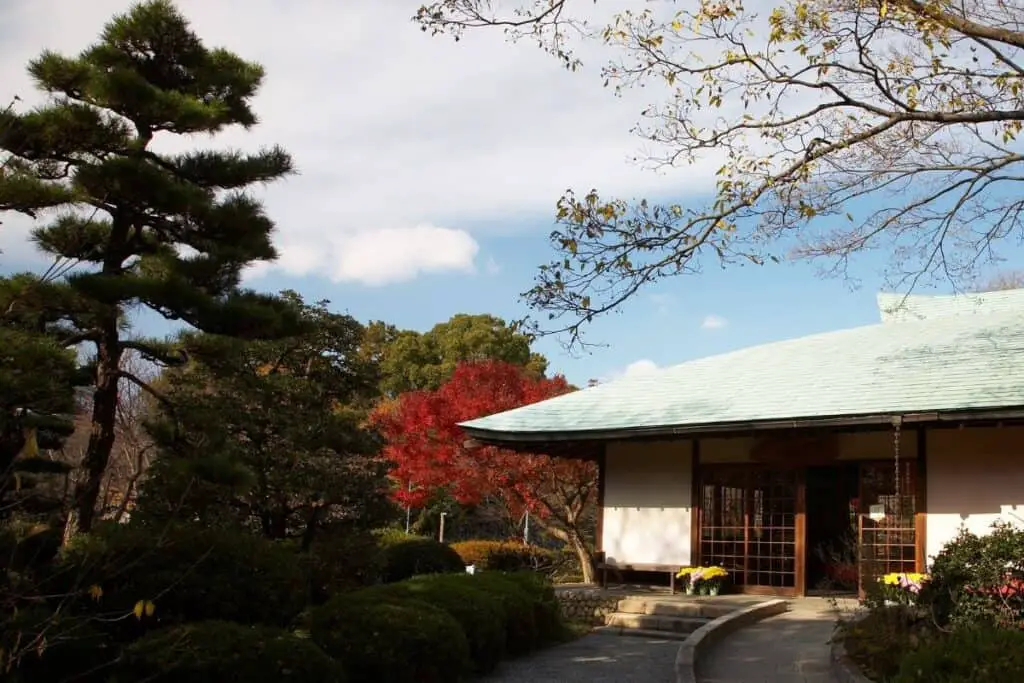
For example, the Japanese practice of kintsugi in which pieces of broken pottery are pieced back together with gold is founded on the principle of wabi-sabi. As opposed to concealing the broken history of the object, the gold highlights the beauty in its imperfection.
Traces of wabi-sabi could also be found in Japanese architecture. The rustic design of many buildings and the use of less-refined materials such as bamboo, stone, and wood are common characteristics of wabi-sabi.
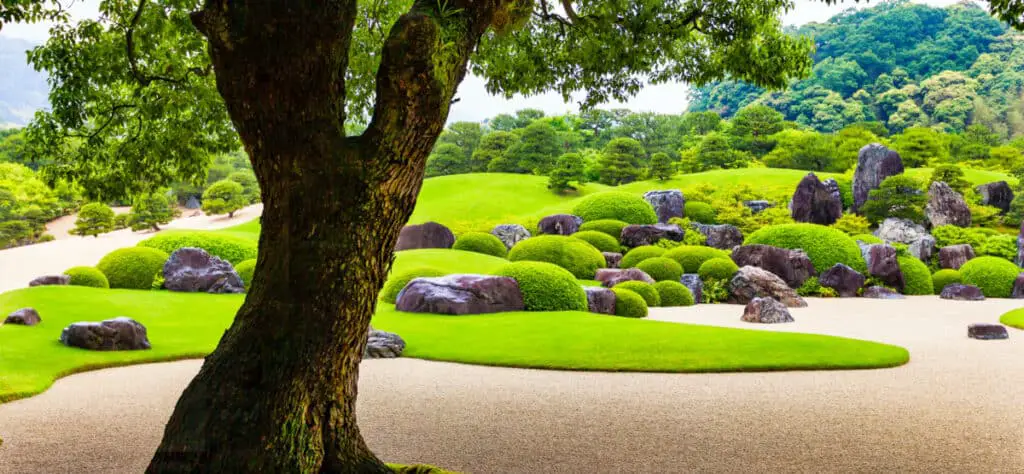
Since wabi-sabi is interconnected with nature, a good example of its aesthetic is anything that embraces the natural aging process of things. Beautiful architecture with overgrown plants, garden decorations covered in moss, or an aged wooden table all illustrates wabi-sabi.
Why is it important to understand the meaning of wabi-sabi before visiting Japan?
Many Japanese people regard wabi-sabi as one of the most important principles in life. Although it is an aesthetic, its wisdom permeates all aspects of human life.
Understanding the meaning of wabi-sabi before traveling to Japan will enable you to recognize it everywhere and appreciate its beauty.

Wabi-sabi reveals a lot about the Japanese people and their culture. Learning about this principle allows you to gain a deeper understanding of Japanese culture.
What does the concept of wabi-sabi reveal about the Japanese people?
Wabi-sabi holds a different meaning for each person. During your trip to Japan, there’s a good chance you’ll encounter more than one definition of this concept.
At its core, wabi-sabi demonstrates the Japanese attitude toward inevitable aspects of life such as aging and making mistakes.
In direct contrast to the Western ideals of perfection, symmetry, youth, and invincibility, the Japanese people accept the natural condition of things. Instead of choosing to refine and cover the imperfections, they recognize their beauty.
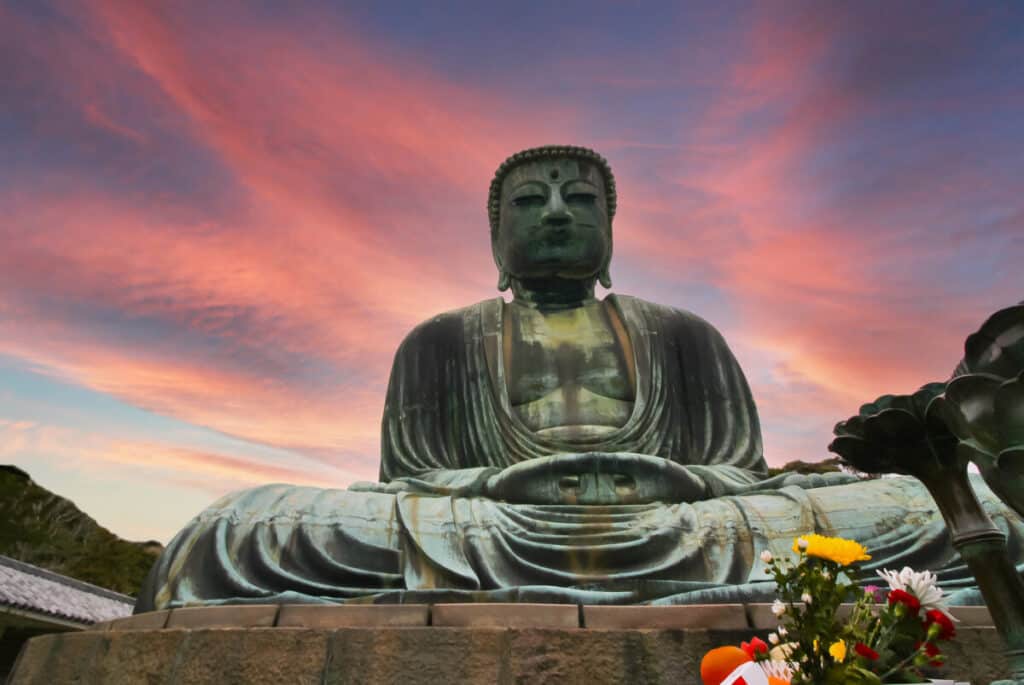
Wabi-sabi reveals the Japanese tendency to be at peace with the transient nature of life. Instead of perceiving natural processes such as aging as frailty, they consider things to be more valuable as they age.
This respect for aging goes beyond objects. Japanese society has a deep respect for their elders. People in Japan value the wisdom that comes from the experience of aging.
How to apply the meaning of wabi-sabi to your own life
Chances are, you regularly encounter wabi-sabi in your own life without realizing it. While this aesthetic is rare in the Western world, its philosophy could be all around you waiting for you to acknowledge it.
While some dismiss the interpretation of wabi-sabi as an appreciation of the impermanent and the flawed due to its oversimplification, an imperfect understanding of wabi-sabi embraces it far more than a perfect one.
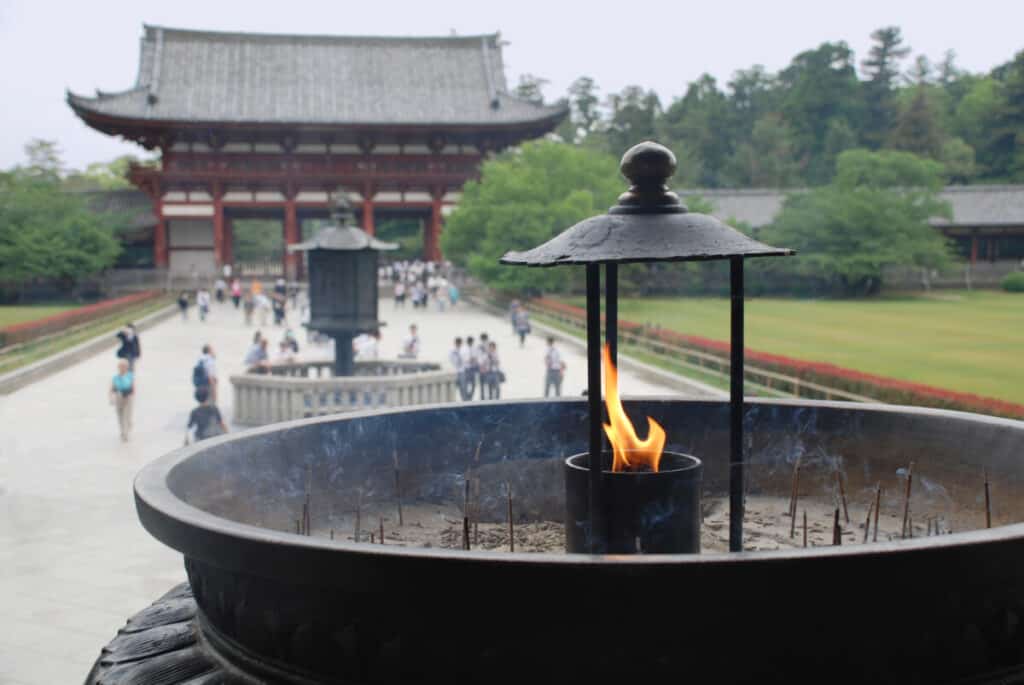
Stop chasing perfection
Wabi-sabi finds the good in the imperfect. In order to apply this principle in your life, you must stop the futile pursuit of perfection. A life perfectly lived is simply not human.
According to the wisdom of wabi-sabi, your flaws are your best parts. Your mistakes and your messiness don’t take away from your inherent worth, they enhance it.

Embrace aging
The Western obsession with hiding signs of aging in ourselves and our possessions is in direct contrast with wabi-sabi. Aging is a natural part of life. Instead of hiding your grey hairs under dye or undergoing procedures to counteract the aging process, embrace it.
Another good way to practice wabi-sabi is to respect your elders. Due to their greater life experience, they possess more wisdom than those younger than them. Unfortunately, this is often forgotten in Western society.
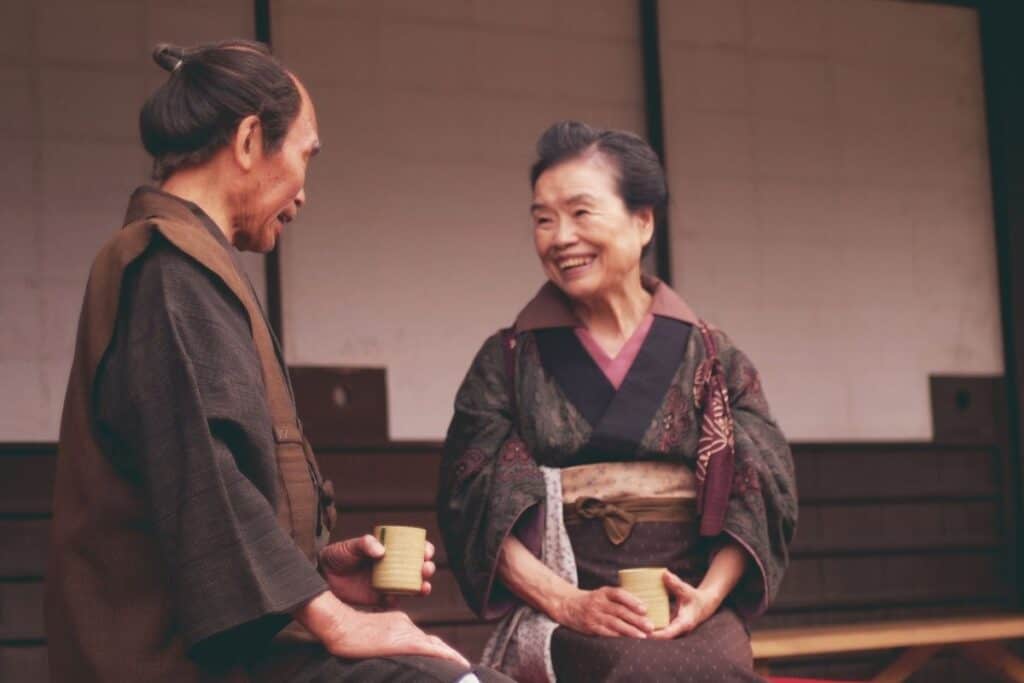
Simplify your life
The principle of wabi-sabi values rustic simplicity. If you wish to apply wabi-sabi to your life, find ways to live a simpler lifestyle.
If you want to incorporate wabi-sabi in your home, choose more muted colors, natural materials, and understated designs in your decor.










